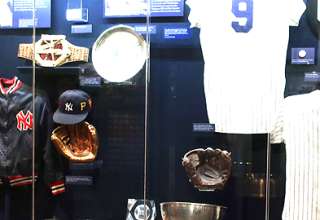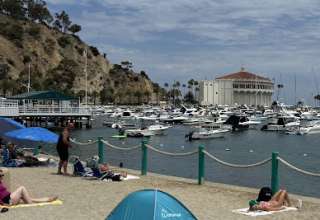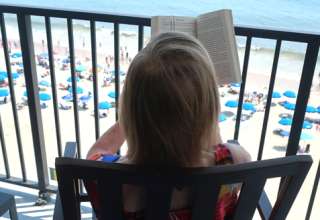Once upon a time, the joke among those in the cruise industry was that the cruise vacation was something for the “newlywed” or the “nearly dead.” I remember those jokes, as well as a time in my own life when I would be embarrassed to say that I was even going on a cruise. One day it occurred to me; how else could I see six Caribbean Island nations in eight days or explore a series of major Alaskan cities that are inaccessible by road in under a week? I quickly became a champion of the cruise experience. (Sure, there was also the pampering, the shows and the endless buffets, but who was I to complain?) Today the cruise industry has exploded to such an extent that there are now options available for everyone from family-friendly and budget cruises to excursions that focus on history, jazz and blues, cooking, ecology, wildlife, and expeditions to places on the planet long considered inaccessible. Just name it, and you’ll find a cruise for it.
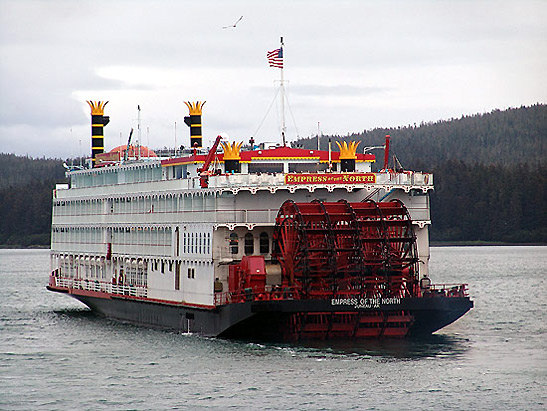
Photograph courtesy of Lyn Potinka
The Empress of the North is now owned by the Majestic America Line and continues to make voyages along the Columbia River as well as trips from Seattle, Washington to Juneau, Alaska. But my memories of this historic riverboat voyage; a voyage to commemorate the 200th anniversary of the Meriwether Lewis and William Clark expedition into the nation’s new Louisiana Purchase, still color my thoughts today. Readers note: it is a commemoration, not a celebration – due to the fact that many Native American Tribal People; the people whose lives were the most deeply effected by the expedition, saw little to celebrate; well aware it was the beginning of a genocide that has still barely ended today.
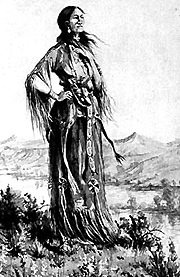
With that said, below is what I learned from what is still my favorite river cruise; a river cruise that speaks of both yesterday and today.
Sacagawea of the Shoshone
Her name was Sacagawea (Su-keg-u-wee- u), but few people know her by that name. In the massive eight-volume text, the ‘Original Journals of Lewis and Clark,’ William Clark spelled the heroic Lemhi Shoshone woman’s name seven different ways, but never once Sacajawea (Sa-ka- ju- wee- a). Meriwether Lewis kept it simple, referring to the 14-year-old mother as either the ‘Injun’ woman or ‘squar.’ I found this to be an interesting piece of trivia. Of course, I like history. I also like river cruising on authentic sternwheelers, breathtaking scenery, luxurious accommodations and world-class regional cuisine.
The Lewis and Clark Expedition – 1805
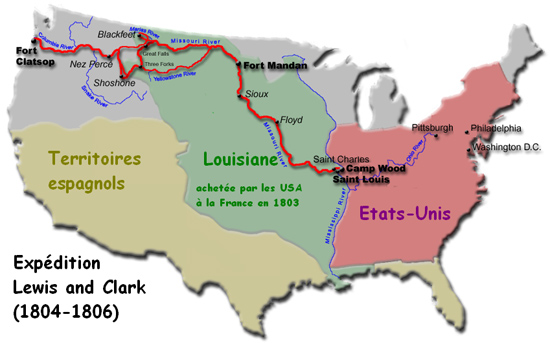
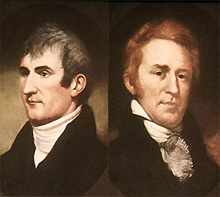
JUST THE FACTS
In 1805, President Thomas Jefferson commissioned Meriwether Lewis and William Clark to lead an expedition across the continent to find the fabled Northwest Passage, which would connect the Atlantic and Pacific oceans, creating a trade route to America’s east. Between October 1805 and May 1806, Lewis and Clark led a courageous team of 33 men – and later, one very heroic woman on the expedition.
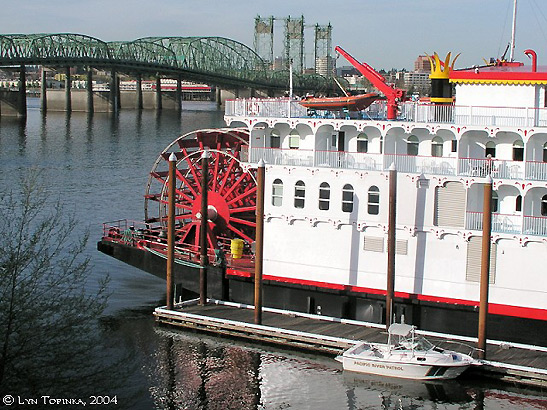
Seeing an authentic sternwheeler today on the banks of the Columbia River outside of Portland, Oregon, is a surprise akin to witnessing an Alaskan fishing boat meandering down the Mississippi River. But my eyes had not deceived me. The Empress of the North was one of only two overnight sternwheelers built to cruise American’s western waterways in more than 90 years. Then, owned and operated by American West Steamboat Company, the designers blended the timeless elegance of the 1800’s paddle wheelers with state-of-the-art technology and all the modern amenities one would enjoy on a larger luxury ship. The three-story high paddlewheel fully propels the vessel at a leisurely cruise pace of up to 10 knots. Another surprise was having what appeared to be all 84 staff members, clad in Mississippi steamboat attire, in front of the boat greeting guests as they arrived. With a capacity of 235 guests, that’s a one-to-three ratio of staff to guests. It occurred to me that that was 51 more staff persons than on the entire Lewis and Clark expedition. What could I say besides, let the luxury commence!
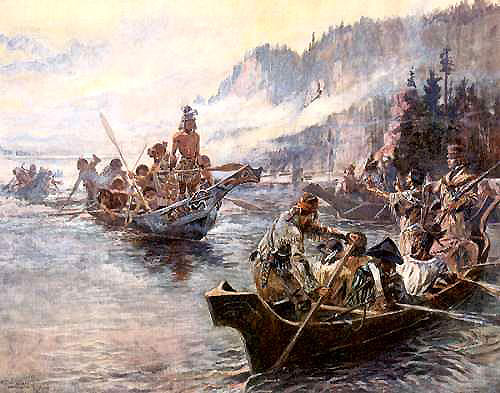
Paths of the Explorers
On the Paths of the Explorers one experiences the Lewis and Clark’s trailblazing exploration – quite literally walking where they walked and seeing what they saw over 200 years after their historic journey. In the seven-day adventure, the riverboat cruise meanders nearly 1,000 miles round-trip from Portland. The waterways were the Columbia, Willamette and Snake Rivers. Not only do you cruise through history, but you also experience the breathtaking natural beauty of the Pacific Northwest and its numerous attractions.
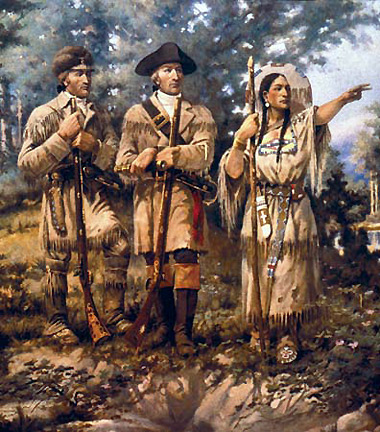
Lewis and Clark arrived at the Mandan-Hidatsa villages and built Fort Mandan to spend the winter of 1804–05, they hired the French-Canadian trapper, Toussaint Charbonneau as their interpreter. By his side was Sacagawea. Like the spelling and pronunciation of her name, the narrative of her early life is still a bit cloudy: born in 1788, the daughter of a Shoshone chief, Sacagawea’s name roughly translates to “boat puller” or “bird woman.” Around the age of 12, she was captured by members of the Hidatsa Tribal Nation, then sold to Charbonneau (some say won in a card game) who made her one of his wives. Even though she was pregnant with her first child, Sacagawea was also chosen to accompany them on their mission with the belief that her knowledge of the Shoshone language and terrain would help them later in their journey. As the expedition continued, she pointed out accessible areas to travel, camas roots to eat, and when a boat capsized, she saved many important documents and supplies. She also served as a symbol of peace. When the expedition encountered what could be unfriendly native tribes, her presence as woman with a young child illustrated that the group was not a war party. Without her, the Lewis and Clark expedition most likely would have failed.

Sacagawea made a miraculous discovery of her own during the trip west. When the expedition encountered a group of Shoshone Indians, she realized that its leader was actually her brother, Cameahwait. It was through her that the expedition was able to buy horses from the Shoshone to cross the Rocky Mountains. Despite the reunion with her native family, Sacagawea remained with the explorers for the entire trip west. It should be noted that after completing the long, miraculous 4500 miles journey by foot, canoe, and horse – all while carrying the little Jean Baptiste baby on her back – she was not to be denied witnessing the Pacific Ocean with her very own eyes.
Reading the Lewis and Clark journal and seeing locations from their expedition is one thing, but to see it through the eyes of a historian makes it an even richer experience. Throughout the journey our ship historian read from the Lewis and Clark journal while simultaneously pointing out the actual locations in their expedition. Expanding on certain segments provided a context that helped us understand the organizational and human drama of the expedition.
The Lewis and Clark journal indicated their group of explorers grew tired of eating the abundant salmon that swam in the pristine waters below them. At the confluence of the Snake and Clearwater Rivers, where the group paused in 1805 and 1806, the Nez Percé (Nimiipuu, meaning “we, the people”) introduced them to the eating of dogs. Lewis and his men loved the flavor and began trading goods for live canines. Clark, however, found this to be repellent, and made sure his own beloved pet dog was always within his sight. This also included sleeping closely to Sacagawea and child to curtail savage beatings by Charbonneau. Lewis had solicited the help of Clark due to his abilities as a draftsman and frontiersman, which were stronger than his own. To give the lieutenant equal footing, Clark made him a co-commanding captain of the Expedition, which sadly was never recognized or compensated by the U.S. government. Lewis and Clark were both slaveholders, and Clark brought with him his slave, a man named York, who enjoyed amusing the tribal nations – their first encounter with an African-American.
Our guide explained to the passengers, there was a long period where Lewis made no entries in the journal, based on the belief that he suffered from bipolar disorder, a deep depression that had haunted him since his youth. Upon his return from the expedition, Lewis was hailed as one the most famous people in the U.S. But could never escape his bouts with depression. Twenty-five years later he committed suicide; a suicide that still remains a mystery today. President Jefferson, himself, refused to believe it.
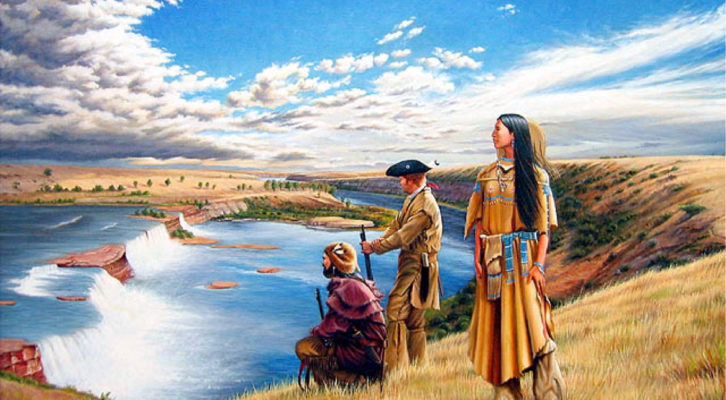
After the expedition, Sacagawea traveled with Charbonneau along with her (now) two infant children to the Missouri Fur Company trading post near present-day Bismark, North Dakota. She longed to return to her own Shoshone people, but her dream was never realized due to her death of a typhus (putrid fever) at the age of 25. The trading post administer commented that “She was the kindest woman I ever met.”
William Clark became the leading federal official in the West, with the duty to protect U.S. interests on territory contested by both Britain and Spain.” Clark was riddled with the contradictions of that era; urging the U.S. government to treat American-Indian Tribal Nations fairly, but also brokered forced relocation of tens of thousands of innocent people. Clark died in 1838 at the age of 68 in the St. Louis home of his firstborn son, Meriwether Lewis Clark.
Coach Tour Highlights
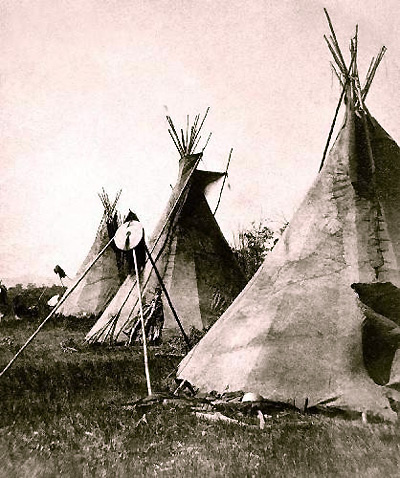
Each morning a luxurious motor coach waits outside the vessel to take guests to the day’s attractions. One of the stops is Multnomah Falls, a spectacular 620-foot-high waterfall, the second highest continuously flowing waterfall in America. The group is given plenty of time for photo ops and a 30-minute roundtrip hike to the top of the falls.
For the engineer in the group, there is the Bonneville Dam Visitor Center, where one learns about the workings of the massive turbine generators behind this imposing hydroelectric power source. At the fish ladders, glass-viewing areas display migrating salmon in season.
An excursion to Walla Walla features tours of the Fort Walla Walla Museum and a local winery. The Whitman Mission commemorates the missionaries Marcus and Narcissa Whitman’s role in establishing the Oregon Trail in 1846, ultimately leading the territory to become part of the U.S., in reaction to the British presence and earlier claim to the land. The Whitman Mission at Waiilatpu was established near the Walla Walla River, the tribal land of the Cayuse Nation. The missionaries’ brand of strict Calvinist evangelicalism and ignorance of acculturation was far too harsh and abrupt for the Cayuse people to bear. In over a ten-year period, only two tribal members were converted to the Whitmans’ understating of what is Christianity.
The Whitman’s eventually forgot about the Cayuse conversions and turned all of their attention to the scores of wagon trains of European-American settlers pouring into the area for free land – with never a thought of payment to the Cayuse – leading to further tensions. As in the Columbian Exchange, 50 to 60% of the Cayuse population were decimated in 1847 from European diseases in which they had no immunity. In Hawai’i it was 90%, the Marquesa Islands 98%. The western hemisphere’s pandemics which resulted from the Columbian Exchange was a horrific and almost an unimaginable period in our past; a past that many of today’s historians still prefer not to mention.
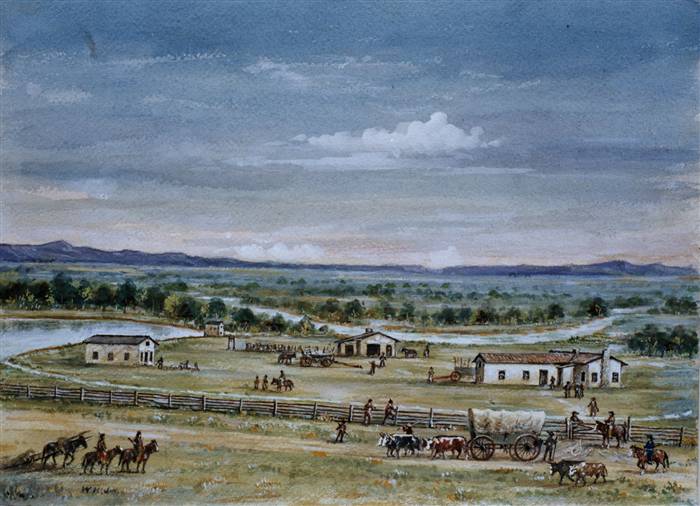
Meales was the name of the plague that ravaged the Cayuse Tribal Nation. Cayuse chieftain Tiloukaikt suspected that Whitman (a medical doctor) was intentionally overlooking sick Cayuse children in favor of sick white children. Half of the Cayuse tribe died in the epidemic, yet most of the white children recovered. On November 29, Cayuse tribal member members, led by Tiloukaikt, burnt down the mission, and killed fourteen white settlers, including Marcus and Narcissa Whitman. Tiloukaikt and four other Cayuse voluntarily surrendered and were hanged for what is known as the Whitman massacre.
The death of the Whitmans sent a shock wave across the U.S. and prompted Congress to make Oregon a U.S. territory, but for the Cayuse it was the beginning of tragic ending as their people slowly disappeared from the globe. The Whitmans initially became popular symbols of Christian martyrdom due to inaccurate and oversimplified accounts of their complex relations with the Cayuse tribe. But, today, as history sheds new light on the peculiarities of their mission, they are no longer shrouded with endearments as white settlers and thoughtful evangelists saving the ‘Redman Savage,’ and many Whitman statues and monuments have been justifiably removed or torn down.
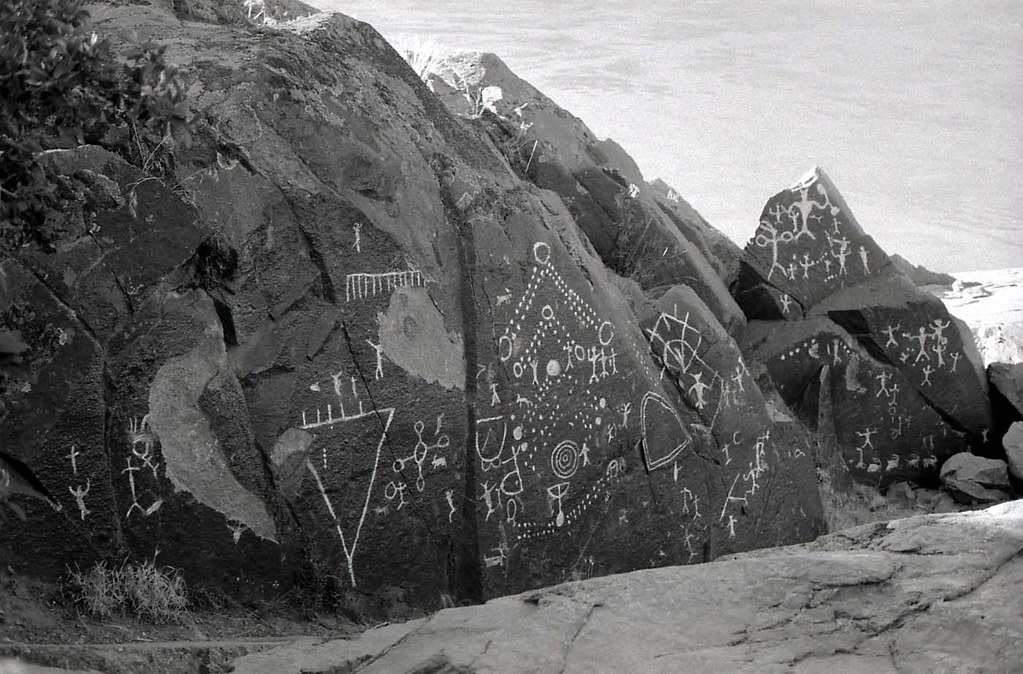
For the lovers of history and thrill seekers alike, there is a small boat excursion into Idaho’s Hells Canyon National Recreation Area’s Snake River of Hells Canyon – the deepest canyon in North America. The boats slow down to a snail’s pace allow viewing of ancient Native-American petroglyphs, wildlife and unique landscape formations. The Shoshone people living along the river used a hand sign to identify themselves by the movement of a snake. But it really meant to disappear as one.
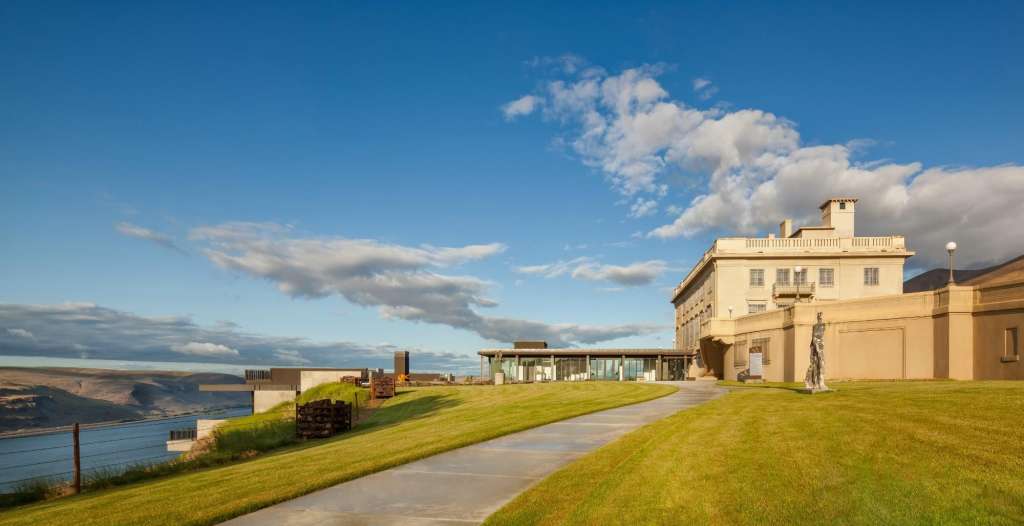
Later, a stop at the Nez Percé Interpretive Center gives one a perspective on the tribe’s fascinating history and culture. Nez Percé, of course, translates to ‘Pierced Nose’ in French.
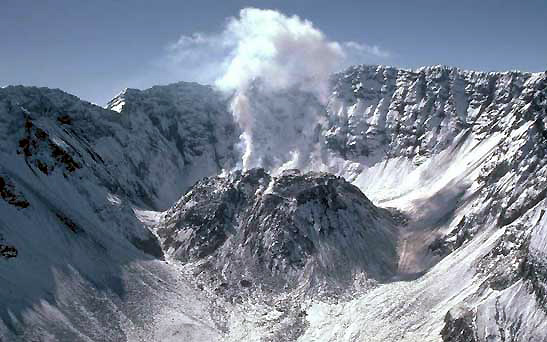
A stop at Mt. St. Helens Volcanic Monument offers a great opportunity to view an active volcano, where you’ll see the continual geological process and the landscape’s evolution since the 1980 eruption. At the nearby Observatory and Interpretive Center, one may look directly into the crater with its steaming dome, and witness firsthand the destructive power and damage caused by this volcanic blast. Views of the mountains and the crater may vary due to weather and volcano conditions.

The journey goes full circle for a tour of Fort Clatsop, just outside of Astoria, where the Lewis and Clark expedition made camp during the bleak winter of 1805-06. Named for the neighboring Clatsop Tribe, the Pacific NW weather proved to be unbearable, and the expedition bailed for home earlier than expected. As a native Seattleite, I know a little bit about that weather. The original fort fell into disrepair in 1955, and a replica was built on the original site, following Clark’s own sketches. There is a Visitor Center with two theaters, an exhibit hall and interpretive programs.
Back on Board the Empress of the North
For those seeking a luxurious cruise experience, the Empress more than fits the bill. The vessel features two lounges, live showboat entertainment and the usual Welcome Aboard Cocktail Reception and Dinner Party with the Captain. Gracefully appointed staterooms feature spacious bathrooms, televisions with VCRs or DVD players. All staterooms offer sweeping river views, and most have private verandahs.
Northwest Regional Cuisine
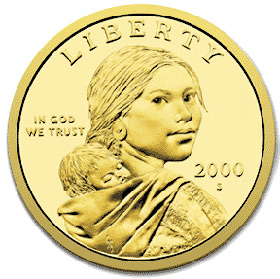
If you’ve been disappointed in the past that your meals were not thematically consistent with your cruise destination, you will be pleasantly surprised by the cuisine on this vessel. The bounty of the Pacific Northwest is well on display in meals from the Empress’ kitchen. The chef uses fresh vegetables and fruits, locally raised meats and Pacific fish and seafood. Menus include everything from Dungeness Crab Cakes Benedict, herb rubbed Ellensburg lamb, and Tillamook cheddar cheese soup to smoked salmon, grilled halibut and scallops.





